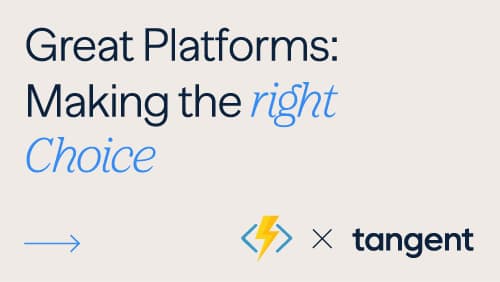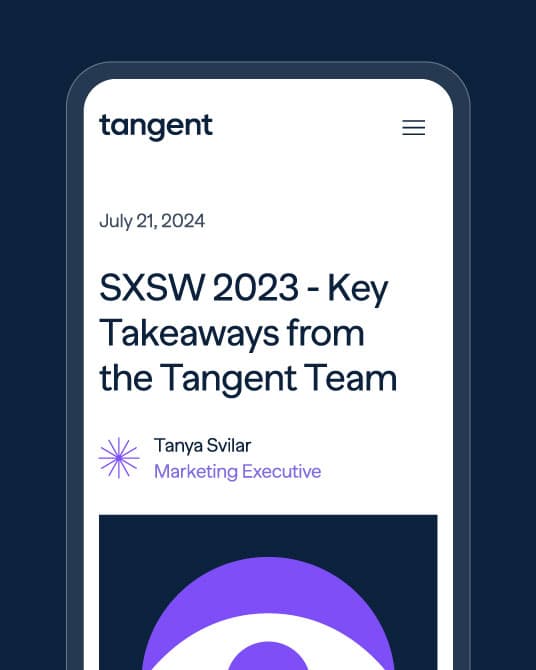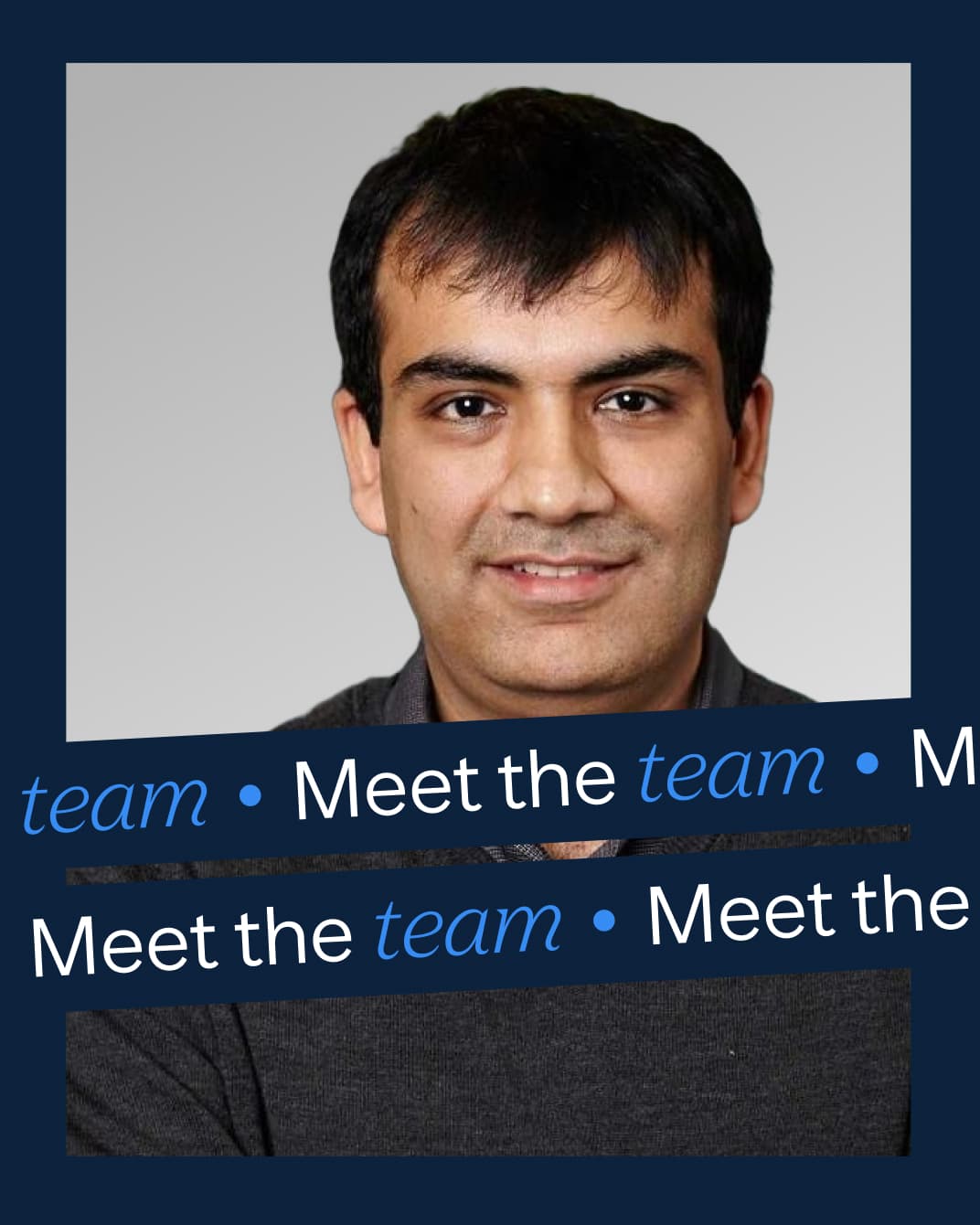
A headless content management system (CMS) is the technology we use for all our clients here at Tangent. But what is it, which one is best, why do we use it… and why should you be interested?
As Technical Director, I’m naturally invested in the systems and technologies we evaluate and select for Tangent clients. One of the technologies that I’m a huge advocate for is the headless content management system, also known as headless CMS.
I’ve already talked a little bit about this in my previous articles on JAMStack and choosing a content management system. However, I haven’t really touched upon the more basic aspects of a headless system.
That’s exactly what I’m going to do here: introduce you to the fundamentals of a headless CMS.
What does ‘headless’ mean?
It seems a bit worrying at first, doesn’t it? But rest assured there’s nothing sinister about a headless CMS. The ‘headless’ in the name simply means that the frontend and backend have been decoupled. The ‘head’ has been removed from the ‘body’. And so instead of having a CMS that handles everything – content, design, functionality – there are now separate applications that communicate via an API. It’s designed to enable more flexible CMS tools without losing out on technical backend functions.
Benefits of headless CMS
Ask pretty much anyone what the biggest benefit of headless CMS is and they’ll probably say ‘omnichannel content’. I’d say exactly the same. When you use a headless CMS, you can create content in a single system and push it out across your entire digital landscape to multiple different applications. These could be a website – or even multiple websites – an IoT device like a smartwatch, or voice systems like IVR. We’ve even pushed different content from the same CMS to chatbots on different channels for our clients.
But the benefits of moving to a headless CMS don’t stop there. Other advantages I see include:
1. Simplicity
Headless CMS is delivered as a service (SaaS), which means that it’s all provided by the CMS vendor with no hosting of anything yourself. This means there’s no need to worry about hosting CMS databases, upgrading the software, managing any security updates, or patching the software. It’s all done for you.
2. Better security
When all security updates and patches are handled automatically, it’s one less thing for organisations to have to worry about. Security is a huge issue right now, with businesses leaving themselves open to risk with vulnerabilities and weaknesses in their systems. With headless CMS, that’s all a thing of the past.
3. Lower overheads
Software as a service is offered on a pay-as-you-go rental basis, so there’s no need to invest upfront in on-premises installations and configurations. This can lower your overheads and allow you to allocate more of your budget to growth and development opportunities that directly impact your bottom line.
4. Globally distributed content editors
A headless CMS can be a great choice for global organisations, particularly if you have regional websites or content or editorial teams spread around the world. It allows your local teams and content editors to work within a system that’s localised to their language, such as Portuguese in Brazil or Japanese in Japan. We’ve covered this, and other considerations for globally distributed sites, in our guide to choosing a content management system.
Headless CMS systems we recommend:
The Tangent team is certified in a number of different systems. We work with many different products, so we’re always on hand to help our clients choose the best products to meet their needs.
Personally, my top pick is Umbraco Heartcore. It’s not the right choice for everyone. However, I think it ticks enough boxes to bring value to pretty much all businesses looking to go headless. It’s affordable, and it’s got an easy-to-use interface that you should have no trouble getting to grips with.
The USP of Umbraco Heartcore, however, is the Dynamic Form feature. This allows you to create, manage, and publish your own forms, and integrate them with third-party CRMs and email services.
There’s one downside to Umbraco Heartcore right now. You can’t extend the backend to create custom fields or properties – or edit existing fields – but this is supposed to be coming soon. Fingers crossed!
If Umbraco isn’t right for you, I suggest looking at Contentful or Contentstack.
They both offer more support and better analytics than Umbraco, which can be incredibly important for larger, more complex sites and businesses. They’re also a little less restrictive in areas like form field editing and plugin integration.
The downside is that they’re significantly more expensive. For the same type of package as Umbraco, it might be double the cost for Contentful, and up to five times the cost for Contentstack.
Another thing to keepin mind here is that these two tools have a flat structure with one repository of content. Umbraco structures content in a hierarchical way, like most marketers and content creators are used to – parents, children, ancestors, descendants. So Contentful and Contentstack do have a steeper learning curve.
Unfortunately, no provider currently offers a globally distributed system; each system is hosted in a particular region (eg. Umbraco Heartcore is hosted in Copenhagen). This means that the further away you are, the higher the network latency, and the longer it will take to respond to a request to edit.
Choosing the right technology for you
Obviously, we are proponents of JAMStack, and we develop most sites with React, rather than Angular or Vue. We definitely rate Umbraco here at Tangent; however, we always choose technologies that suit the individual needs of our clients. Here are examples from our recent projects and technology choices:
- Tangent - Our own site is built with React, Next.js and Umbraco
- Reed - React, Next.js, and Contentful
- Sky - React and Contentstack
- UK Power Networks - React, Next.js, and Umbraco
- SAP - React, Next.js, and Contentstack
In each case, we’ve recommended the headless CMS based on our client’s budget, level of support required, how much insight they want, and the needs of all content stakeholders. We can do the same for you, too. Get in touch with us to learn more about choosing the right headless CMS.


















